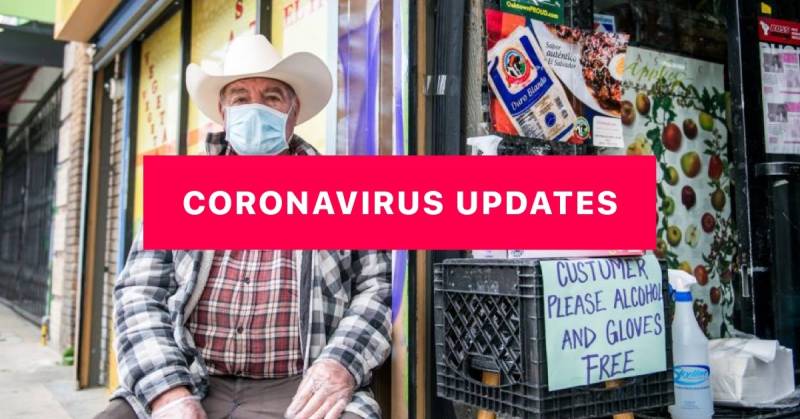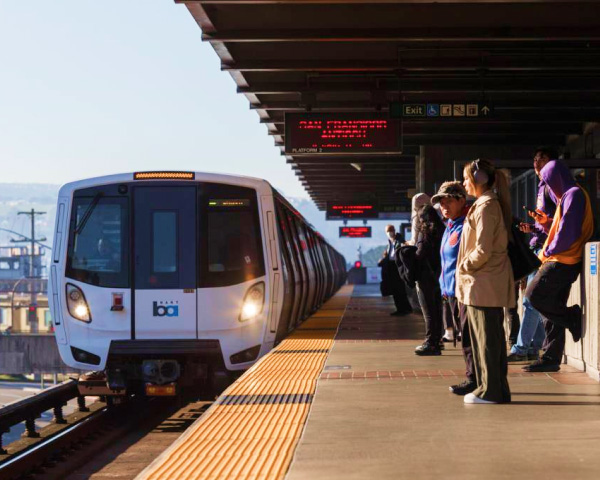Essential workers are more likely than nonessential workers to live in overcrowded housing — 16% versus 12% — increasing their risk of exposure to COVID-19, according to a report released by the Public Policy Institute of California (PPIC) on Tuesday.
Statewide, the share of people living in overcrowded conditions is almost double that for farm workers, at 31%, and those who work in food preparation and service, at 29%.
As the high cost of housing affects nearly two-thirds of Californians, finding affordable housing can mean living with several other people. California’s overcrowding rate is well above the national average — the share of housing units with more than one occupant per room is 8% compared with 3% across the U.S.
Furthermore, overcrowding is much more common among renters (13%) versus homeowners (4% ) and in Latino households, at 18% vs. 2% of white households.
While most Californians have been staying home to reduce coronavirus transmission, over one-third of California’s labor force works in essential occupations that require being physically present. Compared to nonessential workers, they are at higher risk of infection because they continue to circulate among others despite the shutdown.
Read the full story from the Public Policy Institute of California.
— Monica Lam (@monicazlam)

